Fine hair has its own set of rules, and those rules start to matter even more with time. The wrong cut can make already-thin strands look sparse, flat, or just harder to work with—and no one wants to leave the salon feeling like they lost volume instead of gaining shape.
Layering can be tricky here. Done right, it adds movement and lift. Done wrong, it can make fine hair look stringy or uneven. If your hair tends to fall on the thinner side, these are the layered styles worth avoiding—or at least seriously rethinking—once you’re past 50 and looking for cuts that work with your texture, not against it.
Long Layered Cut
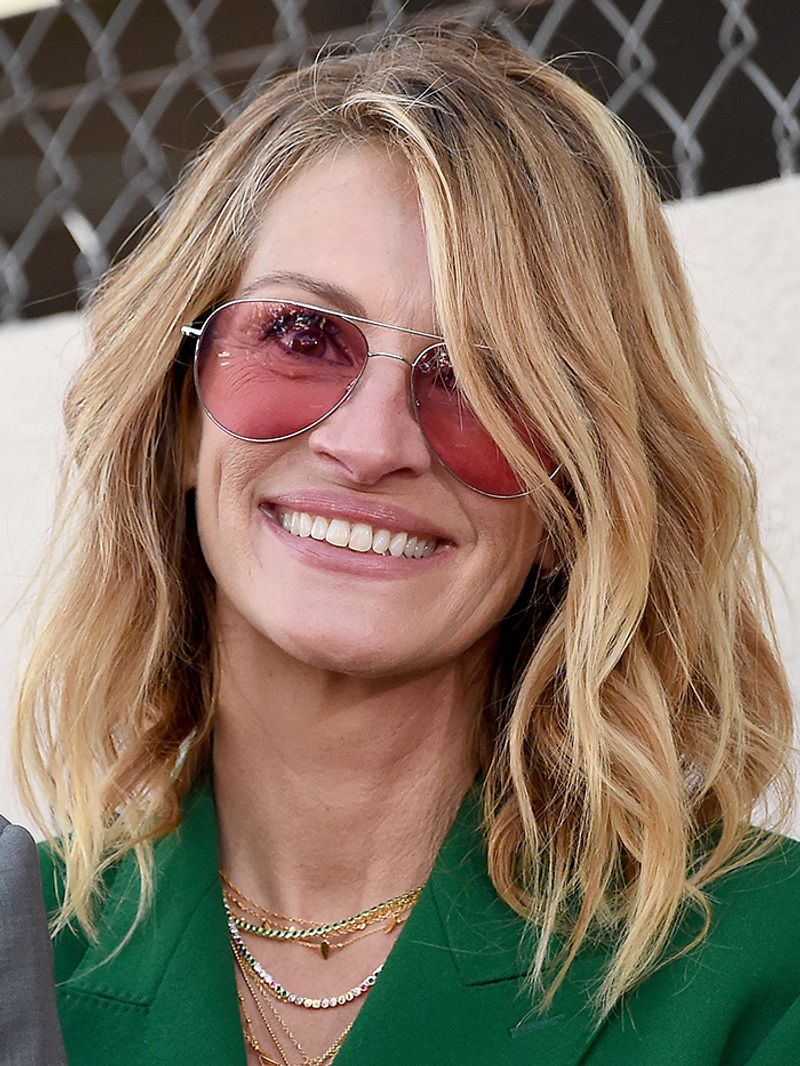
Long layered cuts may seem youthful, but they often take a toll on fine hair. As layers thin out the ends, they can leave hair looking sparse and lifeless. Instead of achieving a fuller look, these layers can drag fine hair down, removing any natural bounce.
Consider opting for a shorter length to add more body and movement. Shorter haircuts can help maintain volume and give an appearance of thicker hair.
Adding subtle highlights can also create the illusion of depth and texture, enhancing your hair’s natural beauty.
Mullets
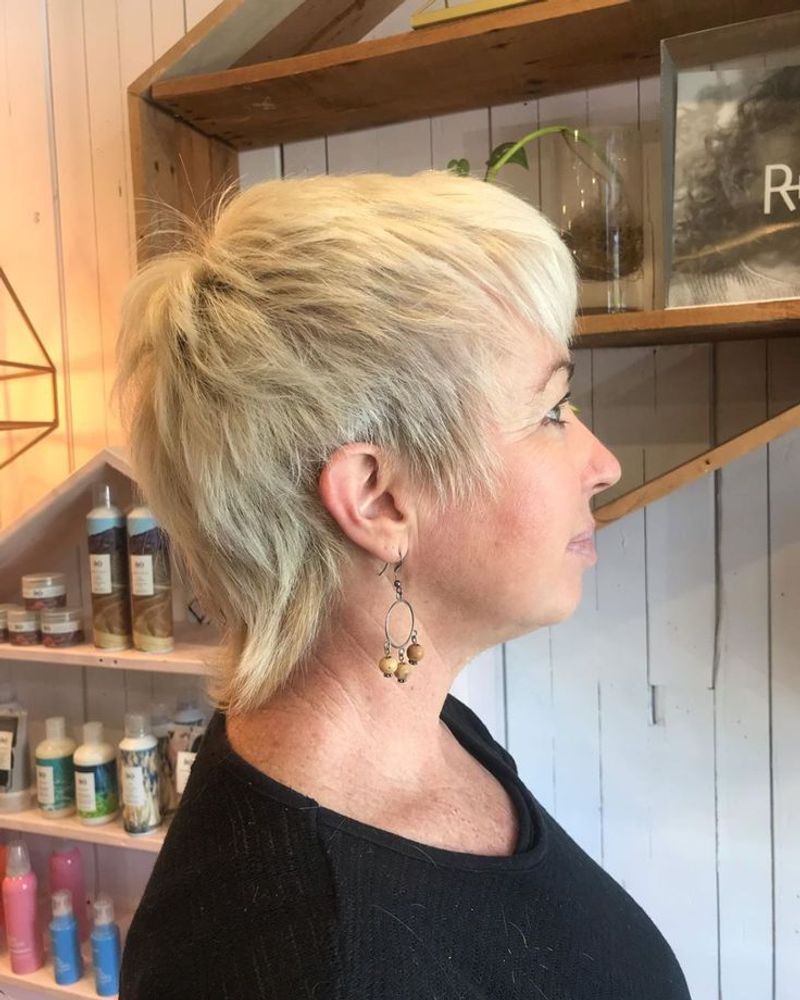
The mullet may have made a comeback, but it can be a risky choice for fine hair. The extreme contrast between the short front and long back can emphasize the lack of volume.
This cut can lead to a flat and limp appearance, which is not flattering for those with thin hair. A more even length throughout can provide a balanced look, better suited for fine textures.
Explore modern bobs instead, which offer a more unified shape and can help maintain a fuller look.
Shag Cut
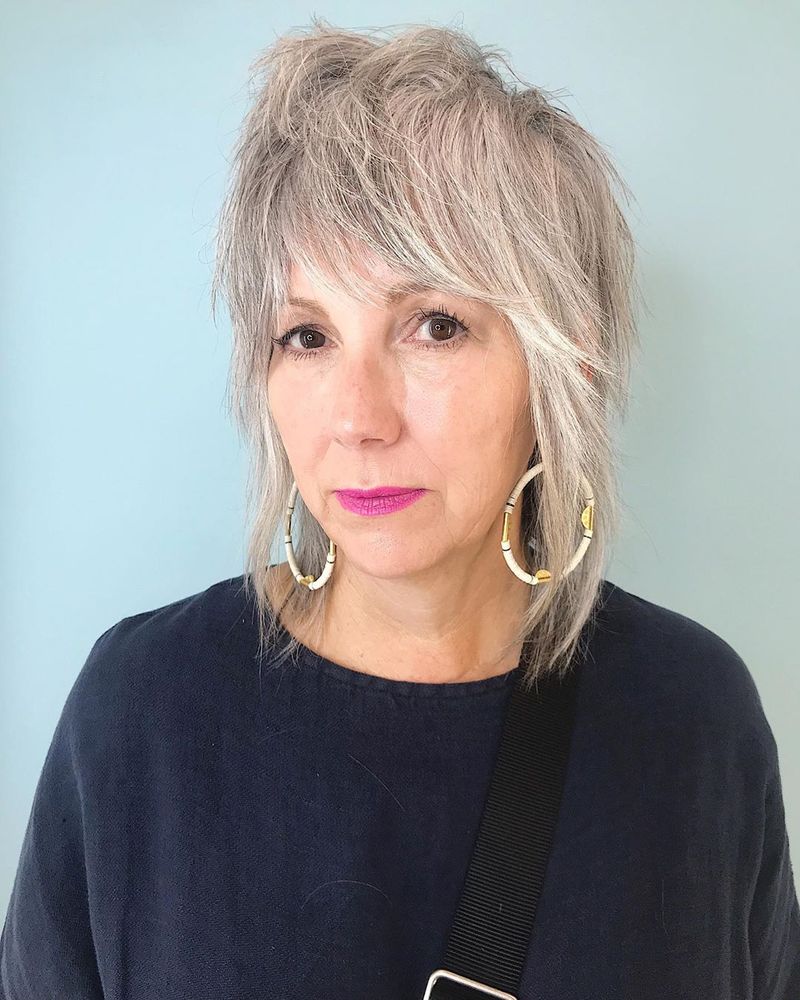
While the shag cut’s choppy layers are trendy, they often do not cater to those with fine hair. The uneven texture can result in a wispy look, making hair appear thinner than it is.
This style can also be difficult to manage, requiring frequent styling to retain any semblance of volume. Consider a sleeker style with fewer layers for a polished and elegant appearance.
Additionally, using volumizing products can help add lift to the roots, making hair look thicker.
Feathered Layers
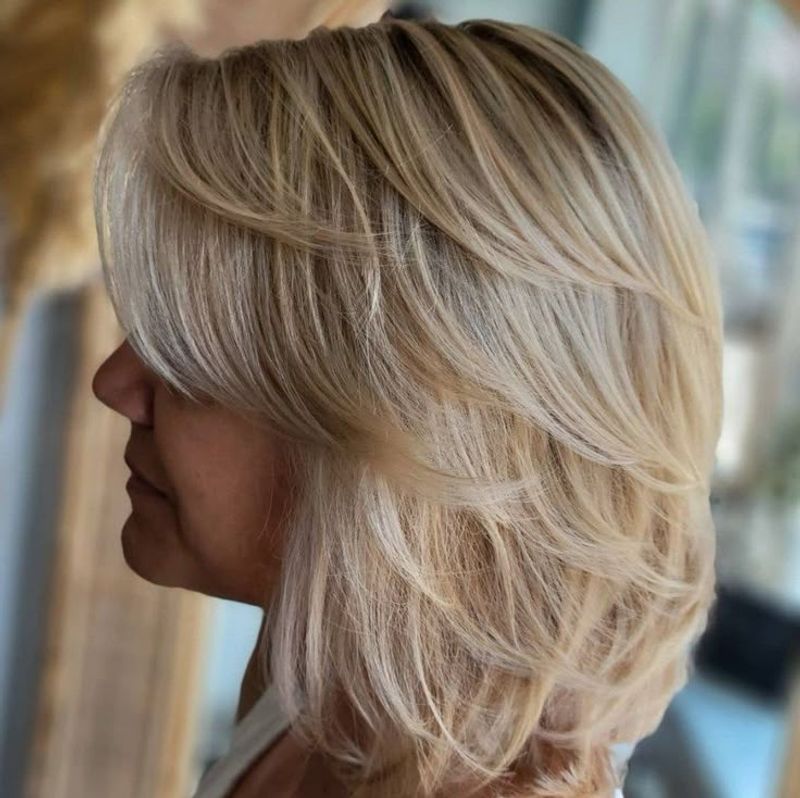
Feathered layers can be appealing, but they don’t always complement fine hair. The light, airy texture might work against you, causing hair to look flat and dull.
Instead of adding volume, feathered layers can create a limp and lifeless appearance. Opt for structured layers, which can provide more shape and definition.
Consider incorporating a layered bob or lob, styles known to enhance volume and richness in fine hair.
Disconnected Layers
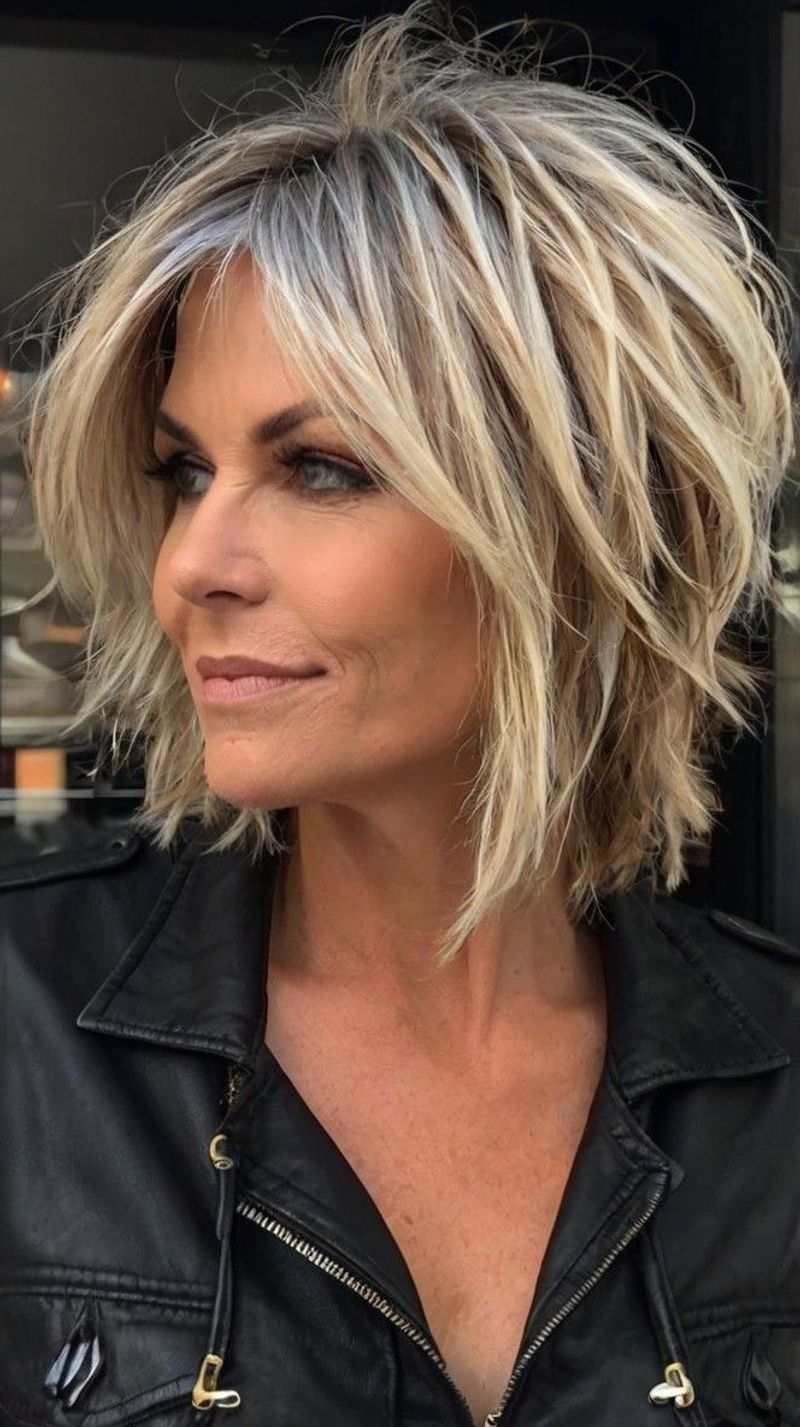
Disconnected layers have a modern edge, yet they’re not ideal for fine hair. The stark differences in lengths can draw attention to thin areas, creating an uneven and unappealing look.
The lack of cohesion in this style often results in a scattered appearance, which can be difficult to manage daily. A more unified style with blended layers provides a chic, sophisticated look.
This approach not only ensures volume but also adds a touch of elegance and grace.
Layered Pixie

A layered pixie cut might seem like a convenient choice, yet it can be unflattering for fine hair. The additional layers can cause hair to lie flat against the scalp, highlighting thin areas.
Though pixie cuts are often low maintenance, they might require extra styling to achieve volume. A classic cut with uniform length can create a fuller and more balanced appearance.
Consider soft waves or curls to introduce volume and add a playful touch to your look.
Choppy Layers
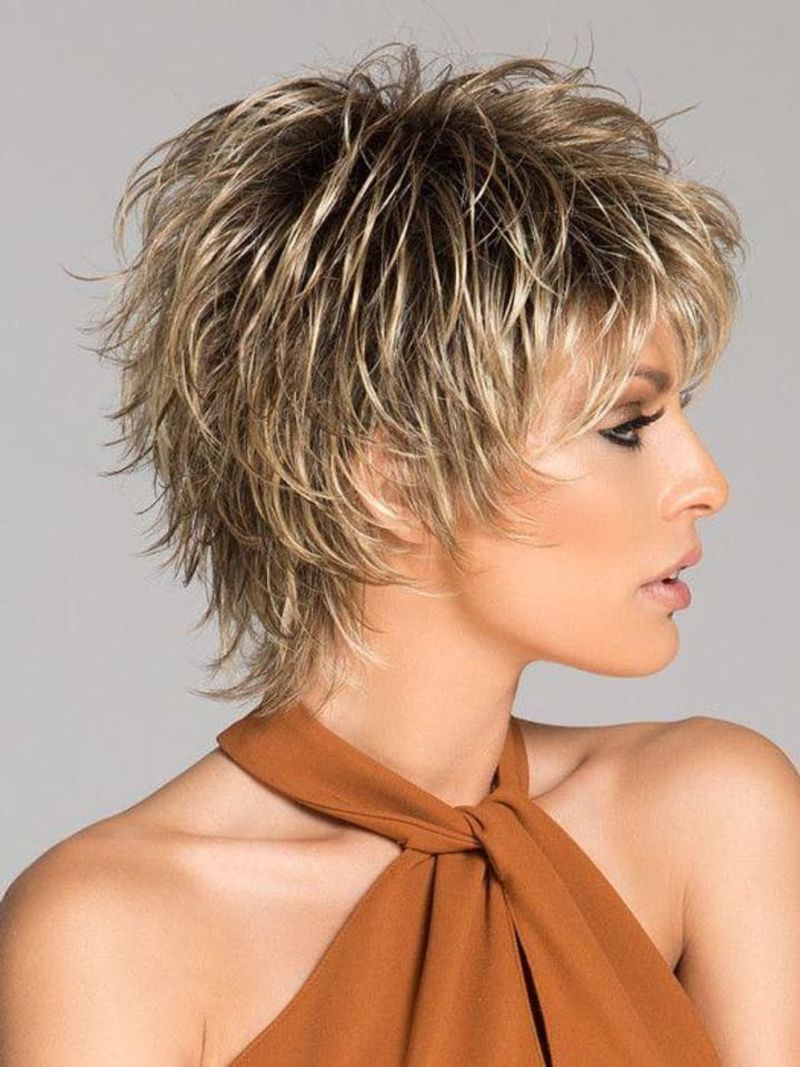
Choppy layers are designed to add texture, but for fine hair, they often do the opposite. Instead of boosting volume, these layers can accentuate thinness, creating a sparse look.
Such styles may require more styling effort to maintain any kind of volume or shape. A more uniform cut with minimal layers can offer better results for fine hair.
Incorporate gentle waves to enhance the fullness and bring more life to your hairstyle.
Layered Bob with Heavy Bangs
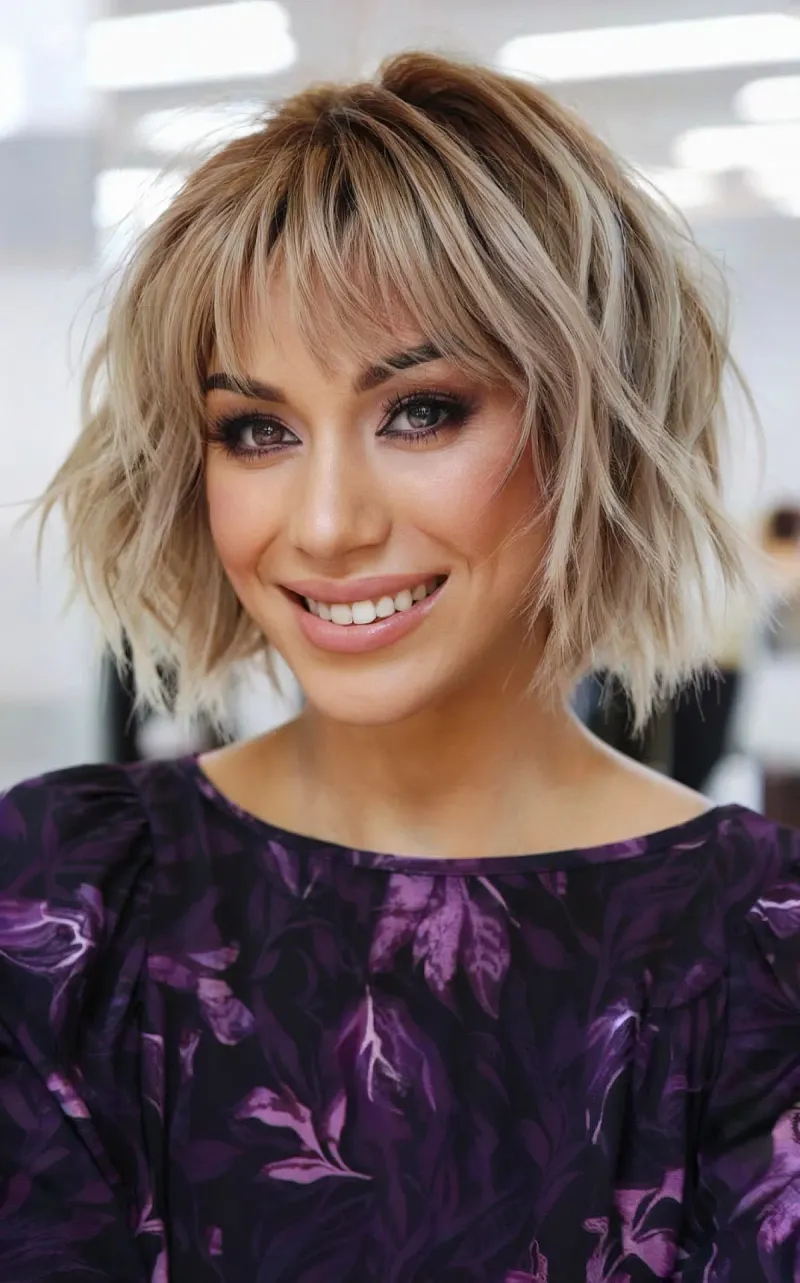
A layered bob with heavy bangs might seem stylish, but it can overwhelm fine hair. The weight of the bangs can pull the front down, while the layers in the back might add unwanted sparseness.
Opt for lighter bangs and a more evenly layered bob to achieve a fuller look. This can provide a balanced silhouette without sacrificing style.
A side-swept fringe can offer a softer frame for the face, enhancing the overall appearance.
Asymmetrical Layers
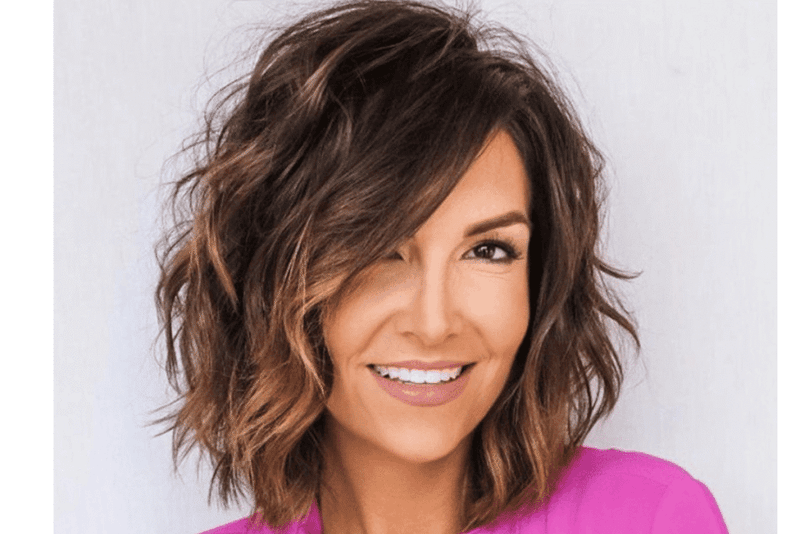
Asymmetrical layers may exude creativity, but they can be problematic for fine hair. The uneven distribution can highlight thin areas, leading to an unbalanced look.
This style often demands constant upkeep to retain its intended shape. A more symmetrical approach with soft, blended layers can offer a classic and graceful appearance.
Enhancing your hair with subtle highlights can also add depth and dimension, boosting the overall look.
Layered Lob
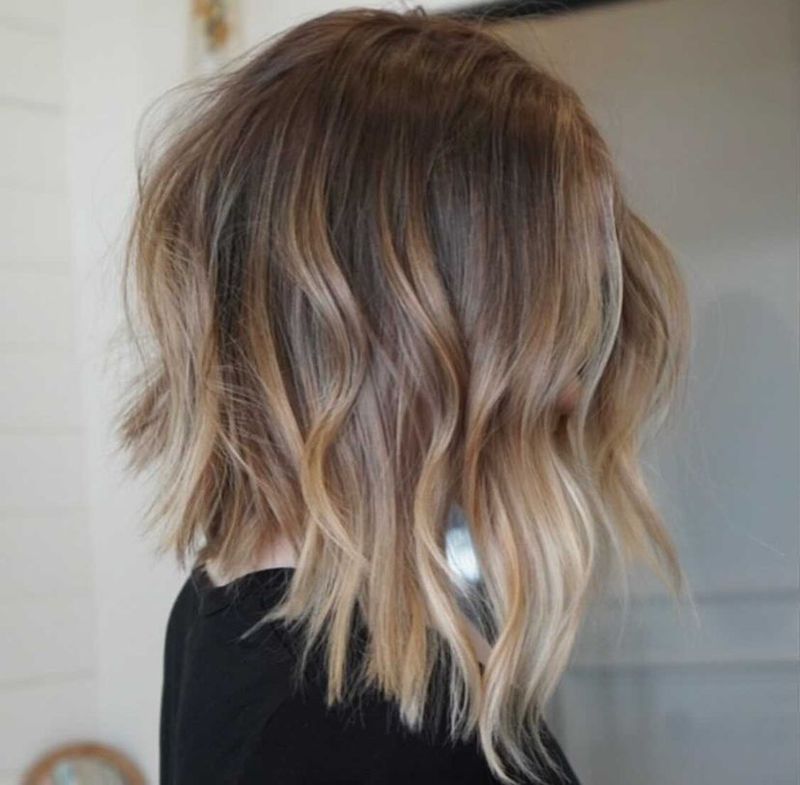
The layered lob is popular for its versatility, yet it can be challenging for fine hair. The layers can thin out the ends, making hair look stringy and less voluminous.
Opt for a blunt lob with minimal layers for a sleeker, fuller appearance. This style not only maintains shape but also adds the illusion of thickness.
Volume-enhancing products like mousse or spray can further amplify the fullness and strength of your hairstyle.
